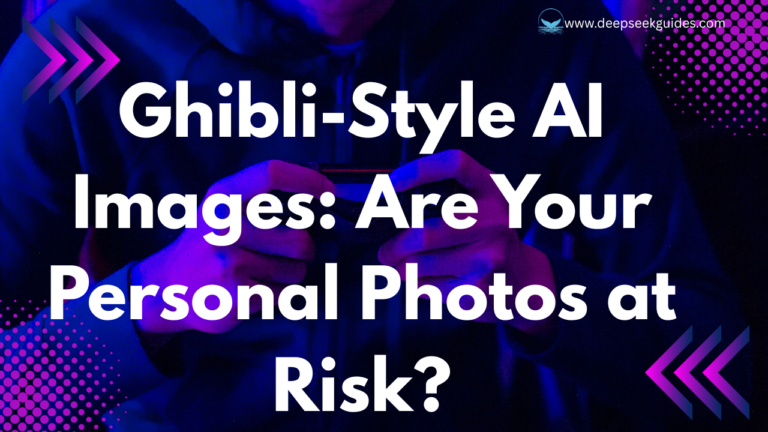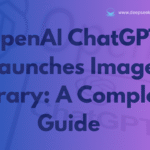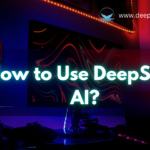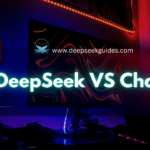AI-generated graphics have quickly taken over social media, and millions of people are fascinated by the newest trend—transformations reminiscent of Studio Ghibli. Widespread excitement has been stoked by the allure of seeing oneself transformed into a gorgeously hand-drawn character. However, privacy experts have raised serious concerns as more users rush to upload their photographs to these AI programs. Do these platforms responsibly handle your private photos, or are there unspoken dangers? Let’s research the possible risks associated with this viral trend.
The Hidden Risks of AI Image Generators
Users who share their images on AI systems lack visibility regarding all activities occurring behind the scenes. AI tools that need images for processing their outcome generation become problematic due to the lack of transparency regarding storage practices and exploitation risks of uploaded images.

OpenAI’s ChatGPT service states explicitly to users that it keeps and utilizes uploaded images only during immediate request processing. The application cautions users against sending confidential photographs, although it allows photo input. The chatbot known as Grok 3 from xAI informs users that security policies are unclear while assuring the storage of photos and texts for AI training programs only applies to those users who do not choose to leave the system.
Why Should You Be Concerned?
Professional experts warn that data security risks transcend basic data breaches into more severe consequences. When users upload pictures they surrender their authority to determine how their content will be employed and in which environments. Some key concerns include:
- AI Training and Data Storage: The platforms declare they keep images off their systems yet can still use the pictures to update their AI algorithms.
- Metadata Exposure: Some images that users upload to the internet contain metadata with information about their location, device specifications, and creation times that can be used to cause harm. Therefore, before logging into the account, an individual needs to be careful whether the location and other information are shared or not.
- Deepfake and Identity Theft Risks: Original content created by AI may be modified by manipulators for deceptive scams that create opportunities for identity theft and deepfake exploits.
- Children’s Privacy Risks: AI systems sometimes acquire images of young persons that create fundamental moral and legal problems.
How to Protect Your Photos from AI Misuse
People seeking Ghibli-style AI images should take basic safety measures to reduce potential dangers.
- Be Selective: Users should refrain from adding images that show personal details or face-related content or reveal specific identifying characteristics.
- Use Protection Tools: The tools Glaze and Nightshade provide image modification functions to stop AI from using the modified images for learning purposes.

- Check Privacy Policies: Always review the terms under which photos are accepted by any AI tool because you need to know how your data will be utilized.
- Limit app permissions: Disable access to your camera and gallery when operating AI applications.

- Perform reverse image searches: Perform online searches for your images to discover any unauthorized use.
Q: Can AI image generators access personal metadata from my photos?
A: Yes. Uploaded images may contain metadata such as location, device details, and timestamps. An improper cleanup of this information may allow attackers to use it against us.
A: Digital images are vulnerable to deepfake modifications leading to scams, while nonconsensual image alteration takes place for all purposes. The extensive sharing of personal images on the internet elevates both identity theft and impersonation threats.
A: You should protect photos by sticking to general images while using Glaze or Nightshade tools to stop AI training and reading through platform privacy policies. Check for unauthorized use with reverse image searches while limiting app permissions.
Final Thoughts
AI-generated Ghibli-style images produce both visual pleasure and privacy issues, which need serious attention. These AI programs advertise data protection, but their unclear policies for image retention, together with unidentified misuses, create important issues regarding privacy. Users face the risk of losing control over their photographs while they expose personal metadata and become exposed to deepfake intrusions or identity theft attempts.
Users can enjoy creative AI possibilities through proactive safety measures that help safeguard their personal information. Being aware and cautious provides the most effective protection against the invisible threats that AI image generators pose.












